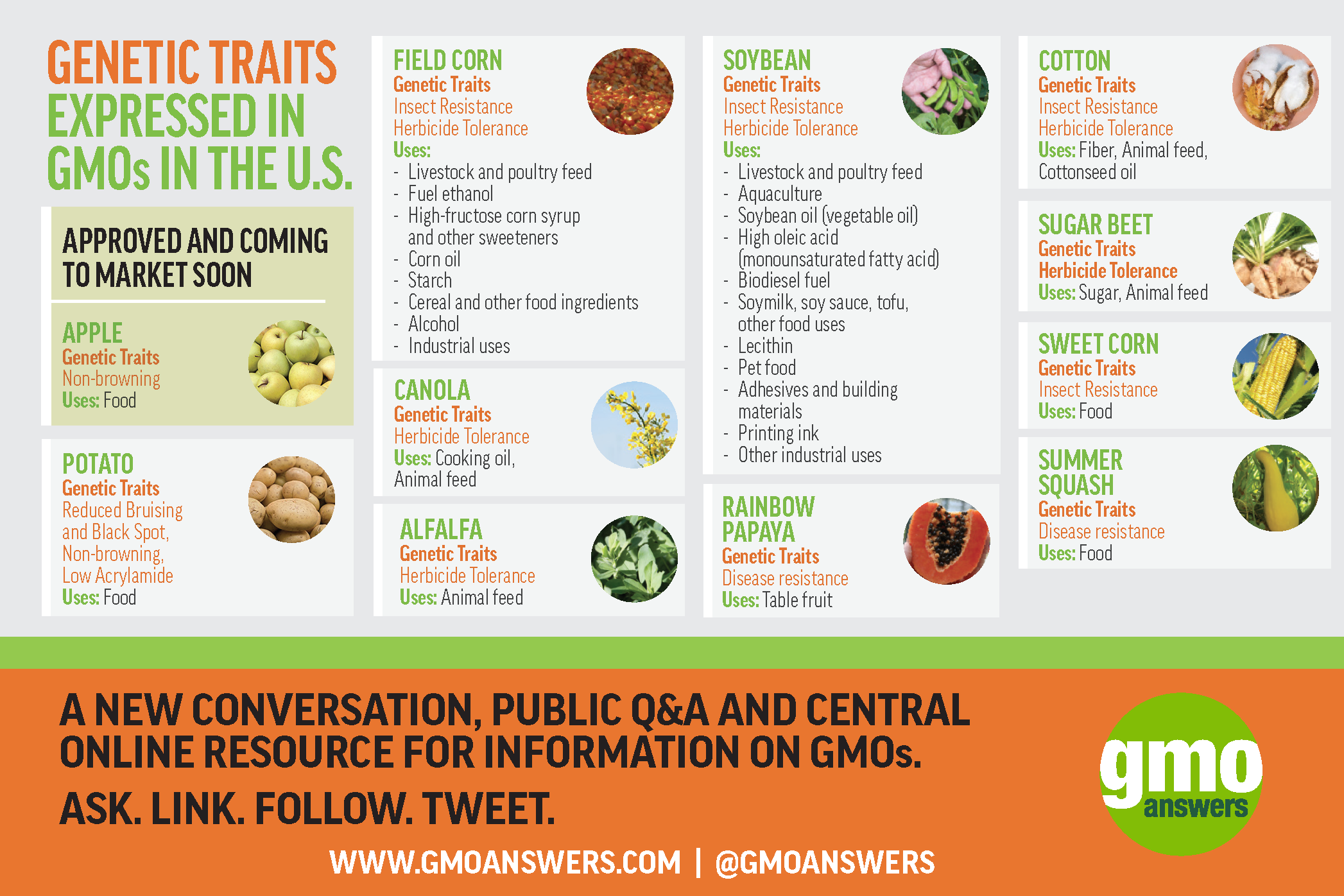|

By Neva Cochran, MS, RDN, LD, FAND
|
I grew up eating balanced meals that looked amazingly similar to MyPlate. Prepared by my mother, they were similar to the meals she ate while growing up on a farm as a fourth generation member of a Central Texas farming/ranching family. As a child, I spent a week with my grandparents every summer, riding with my grandfather in his pickup truck, opening gates as we drove from pasture to pasture to check on the livestock. I also loved walking in my grandmother’s large garden, picking the fruits and vegetables we would eat at meals.
In those days, agriculture wasn’t controversial. Farmers were respected and appreciated for their role in supplying food for our country. Over the last decade things have changed. Passionate views on GMO, conventional and organic farming dominate food-related news and social media. But I rarely see nutrition mentioned, which surprises me as a registered dietitian nutritionist. Food is produced to feed and nourish the body. So does the way a crop is grown – by conventional, organic and GMO methods – influence its nutritional value?
Farming Defined
First I’ll take a quick look at each type of farming as defined by the U.S. Department of Agriculture. Keep in mind that USDA strictly regulates all methods, so foods produced are safe to eat and nutrient-rich.
-
Organic: Organic agricultural crops are grown from organic seeds without synthetic fertilizers, chemical pesticides, irradiation or genetic engineering. While natural pesticides and fertilizers are primarily used, a limited number of approved synthetic substances are allowed if natural methods are inadequate.
-
Conventional: Conventional farms tend to be larger, using technological innovations and growing a single type of high-yield crop utilizing synthetic pesticides and fertilizers. More food is produced with less land to ensure a more abundant and less expensive food supply.
-
Biotechnology or GMO: Agricultural biotechnology uses a variety of tools, including traditional breeding methods and genetic engineering to make changes to improve plants or animals or to develop microorganisms for specific agricultural uses. It can make insect control and weed management safer and easier as well as protect crops against disease.
GMO Produced Foods
With all the clamor about GMO foods, you may be surprised that there are only nine GMO crops commercially approved in the U.S.: field and sweet corn, soybeans, cotton, canola, alfalfa, sugar beets, papaya, squash, potatoes and soon to be approved apples. The majority of these are made into ingredients for food products like cornstarch, corn syrup, corn oil, canola oil, soybean oil and sugar.
See a breakdown GMO traits and their uses in this chart.
 Source: https://gmoanswers.com/sites/default/files/GMO-Genetic-Traits-Expressed.pdf
Source: https://gmoanswers.com/sites/default/files/GMO-Genetic-Traits-Expressed.pdf
Contributions to Health
While organic crops are often touted as being nutritionally superior to conventional or GMO, there is little evidence to support this claim. In fact, numerous studies have found no significant nutritional advantage of organic over conventionally grown foods.
The good news is GMO, organic and conventionally grown foods all contribute valuable nutrients to our diets. Corn, soybeans, papaya, squash, potatoes and apples boost fiber. Fiber helps control cholesterol and blood sugar, promotes digestive health and makes us feel fuller so we’re less likely to overeat. Corn, soybeans and canola are used to produce vegetable oils low that are low in saturated fat, part of a heart healthy diet. Papaya and potatoes supply vitamin C and potassium and papaya also delivers significant vitamin A.
Putting it on the Plate
Including more fruits and vegetables in our diet is important no matter how they are produced. The USDA’s MyPlate guide recommends filling half your plate with fruits and vegetables. That’s a healthy goal we can all strive to achieve. And as dietitian, it’s reassuring to live in a country with abundant and affordable food so it’s easy to consume nutritious meals. Whether you live on a farm like my mom did with access to fresh meat and produce, in the city where you buy food at the supermarket or in a college dorm eating meals in a cafeteria, you can enjoy a variety of good-tasting foods that promote good health.
References:
USDA website, “Choose MyPlate” https://www.choosemyplate.gov
USDA website, “Organic” https://www.usda.gov/topics/organic
USDA website, “Sustainable Agriculture: Definitions and Terms” https://www.nal.usda.gov/afsic/sustainable-agriculture-definitions-and-terms#toc3
USDA website, “Biotechnology FAQs” https://www.usda.gov/topics/biotechnology/biotechnology-frequently-asked-questions-faqs
“Nutrition-related health effects of organic foods: a systematic review” AJCN, 92:203–210; 2010 https://doi.org/10.3945/ajcn.2010.29269
This article was originally published on Forbes.com on behalf of GMO Answers https://www.forbes.com/sites/gmoanswers/2016/11/15/gmo-conventional-organic/?sh=78fd1ea756c5
Neva Cochran, MS, RDN, LD, FAND is a Nutrition Communications Consultant in Dallas, Texas.